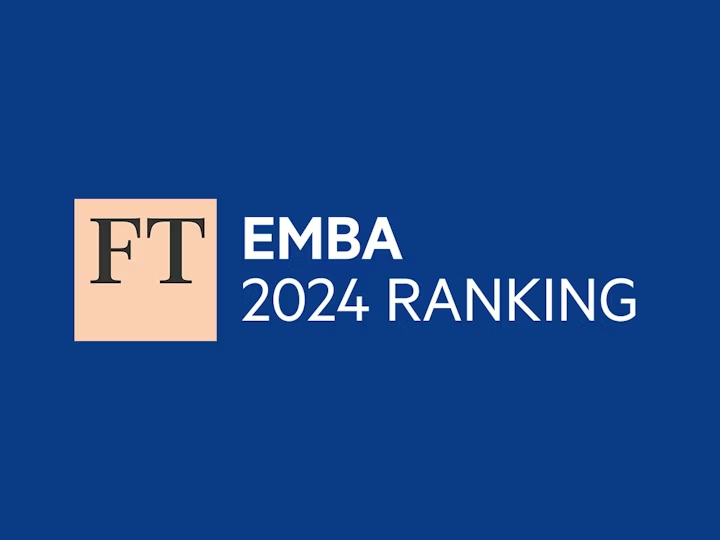A typical EMBA student is a middle manager with 5 to 10 years of managerial experience. For the employers, the EMBA program fee is a significant cost, which in practice limits the amount of people who finally enroll in the program.
In order to consider the program to be a worthwhile investment for the company, business leaders and HR professionals need to understand the value of the training, and in particular the return-on-investment (ROI) of an EMBA.
This blog text is an attempt to calculate such ROI. Apart from the ROI, also the opportunity cost of the training should be considered (can we achieve something even more valuable by investing the same time and money to something else?).
Training as part of the compensation package
Although training should not only be a reward but an integral part of employee development, it is clear that many times EMBA programs are offered to employees who have shown commitment to the organization, and demonstrated high performance and growth potential. As such, EMBA programs can be considered as a reward.
For a manager enrolled in an EMBA program, the need for other compensation and benefits mechanisms is lower, since the training can be considered as part of the compensation and benefits package. During the two-year period of the EMBA, we can assume that on average we save 20.000€ in spot rewards, salary increases and stock options for each EMBA student.
The retention benefit
One common motivation for employers to provide EMBA programs to selected individuals is the increased employee retention. An employer can expect to retain the EMBA student for at least additional two years, which is the typical completion time for the program.
In addition, we can assume that an average EMBA participant will be retained for three additional years, either through ”EMBA payback contract” or out of gratitude (ideally both).
Let’s assume that average employee turnover for middle management is 20% and the average cost for a replacement recruitment is 100.000€ (taking into account recruitment costs, onboarding costs and temporarily reduced productivity).
Avoiding the 20% chance of dismissal is therefore annually worth 100.000€ * 20% = 20.000€. With five years of retainment, the effect is worth 5 * 20.000€ = 100.000€. Therefore the total retention benefit for the organization is 100.000€
Increased profitability and productivity
Completing an EMBA gives a person a new set of skills and competencies that boost profitability and productivity in three ways. Firstly, the person will be more effective and focused on their personal tasks. Secondly, as most EMBA students are team leaders, they enable their team to deliver better results. Thirdly, with the skills and knowledge acquired, they are in a better position to identify and implement organization-wide changes with a positive net effect.
Obviously not everyone excels or improves in all three areas, which is why we must be careful when estimating the monetary value of profitability improvements. For example, some EMBA students are already good team leaders to begin with so now significant improvements there. Below is a careful estimate of the monetary value of profitability and productivity improvements. The return on investment is expected to happen within the first two years since the start of an EMBA program.
- Increased productivity on personal tasks: 30.000€
- Increased productivity of the team the person is leading: 70.000€
- Increased productivity due to organization-wide changes or improvements: 150.000€
Total return on investment in the form of increased profitability and productivity: 250.000€
Filling the leadership pipeline
The benefit of having a leader ready for a more demanding leadership role is often priceless. Especially if the leader has ”grown from the ranks” and has firsthand understanding of how the business works.
The monetary value of having a leader with both necessary leadership competencies and tacit knowledge from within the organization is therefore high. We can assume that the value of having one such person in the leadership pipeline ready for more demanding positions is 200.000€.
Calculating the total ROI
After taking into account all the different aspects of how EMBA programs bring value to the employers of thee students, we can make a final calculation of the ROI as follows:
The calculatory benefit of savings from C&B: 20.000€
The calculatory benefit of 5 years’ retention: 100.000€
The calculatory benefit of increased profitability: 250.000€
The calculatory benefit of filling the leadership pipeline: 200.000€
Total monetary value of received benefits is therefore 470.000€.
Let’s assume that a typical EMBA program costs 47.000€ euros (+ VAT).
The ROI can be calculated by using the following formula (investment / return) * 100%.
So the ROI would be (470.000€ / 47.000€) * 100% = 1000,00%
So the return on the investment is ten-fold. Sounds like a good deal but there are still four questions to ask yourself. The first one is: how important is it for us to develop our leaders from a competition point of view? The second one is: is there something more important than leadership development? The third one is: can I bet an even better return by investing in something else? And the fourth one is: are we looking for quick wins or long-term business benefits?
The calculation above is of course only a careful estimate, and the actual benefits are likely to be even higher, making the EMBA programs even more lucrative investment. If you have calculated the ROI of EMBA more accurately or with other assumptions, I would love to hear from you.
You can follow my EMBA journey through weekly updates with the hashtag #JuhoGoesEMBA on LinkedIn.
If you would like to learn more about the Henley EMBA:








